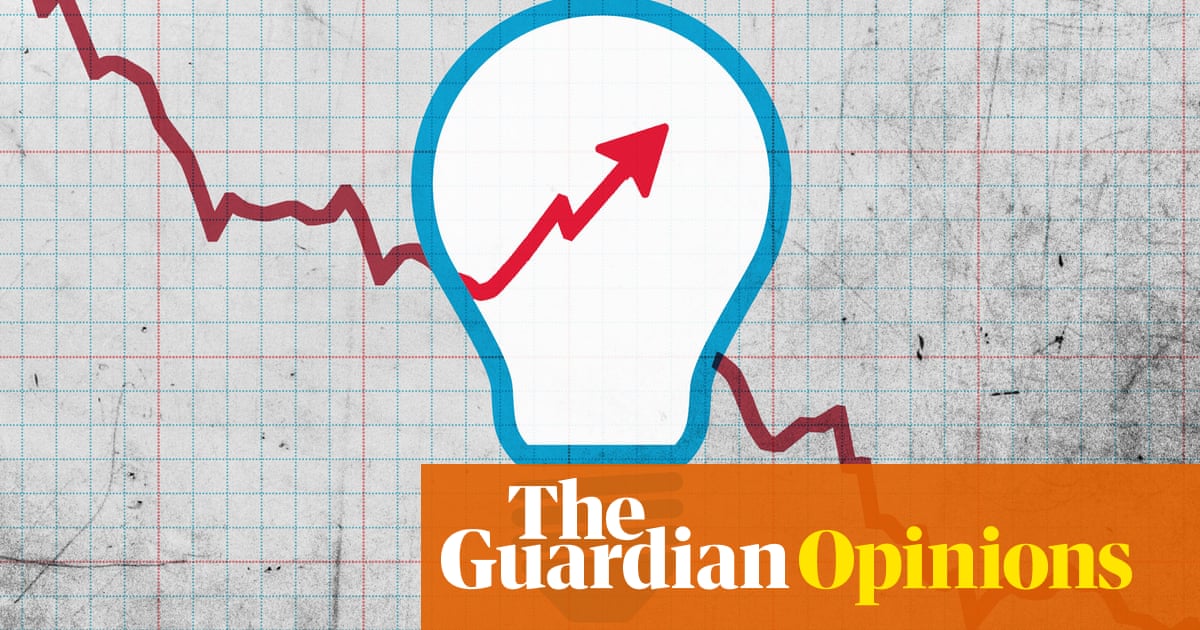
Kristalina Georgieva, the managing director of the International Monetary Fund knows it. David Malpass, the World Bank president knows it too. An increasing number of countries are having problems paying their debts, and the crunch point is fast arriving.
The looming debt crisis has been a slow-burn affair, more than a decade in the making. It is not the number one issue under discussion at the annual meetings of the World Bank and the IMF in Washington this week, although if rich countries had fewer problems of their own it would be.
The UN has identified 54 developing economies with severe debt problems. While accounting for little more than 3% of the global economy, they represent 18% of the world’s population, and more than 50% of people living in extreme poverty.
Some countries are spending more on debt interest payments than on health, education and social protection combined, and that is hindering the fight against poverty.
The UN has a goal of reducing extreme poverty to 3% of the world’s population by 2030, but Indermit Gill, the World Bank’s chief economist, says on current trends the target will be missed. “We are totally off course. Poverty reduction has come to a stop.”
Debt problems are not confined to low-income countries. Sri Lanka’s debt default earlier this year illustrated that many middle-income countries are also struggling to keep up the payments on loans provided when interest rates and inflation were a lot lower.
Already about 60% of low-income countries and about 25% of emerging markets are either in debt distress or at high risk of it. Recent developments in rich countries – especially the US – are making life a lot more challenging.
From the early months of this year, the Federal Reserve has been raising US interest rates aggressively to combat inflation. The dollar has soared on the world’s currency markets. Since 90% of emerging market debt is denominated in dollars, a stronger US currency makes repayments punitively expensive. Borrowing costs for highly indebted countries have shot up.
Tim Jones of the campaign group Debt Justice said: “two-thirds of low and middle-income countries now have bond yields above 10% and can no longer borrow from the private sector. If countries can’t refinance their bonds you have a crisis.”
Alarm bells started to go off when the Covid-19 pandemic broke in early 2020. The G20 group of leading developed and emerging market economies agreed to provide emergency help through a time-limited suspension of debt payments and also set up a new scheme – the Common Framework – to restructure the debts of countries in severe distress on a case by case basis.
But in the past two and a half years the framework has yet to deliver while the problem of debt distress has become much more acute as a result of the high inflation that followed the end of Covid lockdowns and the war in Ukraine.
Making matters more complex is that much of the debt, especially that of middle-income countries, is owed to China and to private-sector creditors. Getting Beijing and investment companies such as BlackRock to agree to debt relief has proved a slow and difficult process.
Matthew Martin of the campaign group Debt Relief International said the idea that debt relief was simply being stymied by the intransigence of China and private sector creditors was not true. “For a lot of poor countries it is the multilateral development banks.”
Only three countries have expressed an interest in securing assistance under the Common Framework and only one – Zambia – is anywhere close to a deal. Martin says he is not surprised by that.
“Going through the Common Framework, as Zambia is doing, is a very costly way of doing things because it has meant two years of lost growth and being frozen out of financial markets.
“We don’t need to find new ways of dealing with the debt crisis. Three things worked in the past and would work again: political pressure and moral suasion; regulation and tax relief.for creditors who write debt off.”
Gill says the World Bank is taking debt very seriously, bracketing it with climate change as the biggest challenge the institution is confronting.
He accepts the Common Framework has so far failed to deliver and says something more ambitious might be needed. There is a precedent, he suggests, in the heavily indebted poor country initiative (HIPC), launched by the World Bank and the IMF in 1996 with the aim of ensuring no country had a debt burden it could not manage.
“Let’s get another round of structured debt relief, because that’s what HIPC was. The Common Framework is case by case, and case by case means the weak lose. Poor countries that can’t negotiate for themselves get a lousy deal. HIPC meant everybody got the same deal.
“Poverty was seen as a global bad, just as climate change is now. Taxpayers in rich countries said they were willing to give up some of the money they were owed in return for debtor countries taking a big bite out of poverty.”
In the past, systematic debt relief has happened when creditors accept there is a serious problem and there is the will to do something about it. Debt campaigners say the first condition has been met but not the second. Meanwhile, as the IMF’s economic counsellor, Pierre-Olivier Gourinchas, noted this week: “Time may soon be running out.”












